The Emerging Technologies that could end the Clean Water Crisis
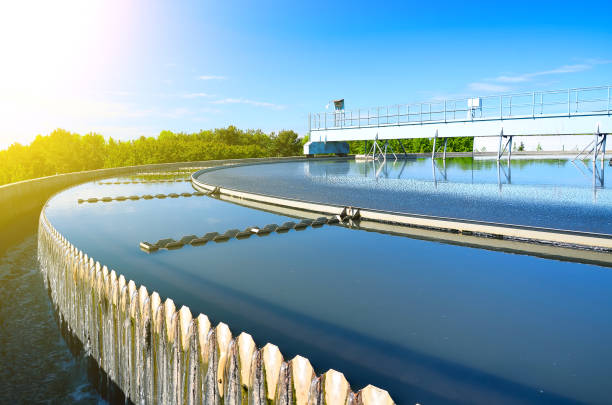
Introduction
Water, as we know, is simply essential for human life to function. The United Nations have even declared that the access to clean water is a fundamental human right. However, even though we may sometimes be deceived into thinking that clean water is largely accessible, especially since that more than 71% of the Earth’s surface is covered in water, more than 1.7 billion people still live in communities that have limited or no access to clean water. This number is unlikely to drop any time soon with the growing effects of climate change and over-population, but rather, this figure is expected to rise rapidly in the coming years. The use of contaminated water poses severe health risks upon exposure such as Cholera, Typhoid, Dysentery, and Polio which kill more than 500,000 people worldwide every year. Nevertheless, with our exponentially growing technological advancements, it may just become possible to end the Clean Water Crisis for good. Let’s take a deep dive into the emerging water sanitation technologies that may provide the solution to clean water for the communities that need it most.
Overview of the conventional water treatment practices
Before we explore the emerging technologies that show great promise for providing the solution to the Clean Water Crisis, it would be wise to familiarise ourselves with a couple of the current/conventional sanitation practices today, and particularly, their drawbacks. Currently, the most common, oldest and relatively inexpensive method for disinfecting drinking water is chlorination. Since the early 20th century, the addition of chlorine to water has proven to be a useful water disinfection method against pathogens like Bacteria and Viruses - so much so that Chlorine is now currently employed by over 98 percent of all U.S. water utilities that disinfect drinking water. However, even though chlorination is highly effective and widely accessible, an unintended consequence of chlorination is the likely production of disinfection byproducts (DBPs) such as Haloacetic acids (HAAs) which are known to be carcinogenic.
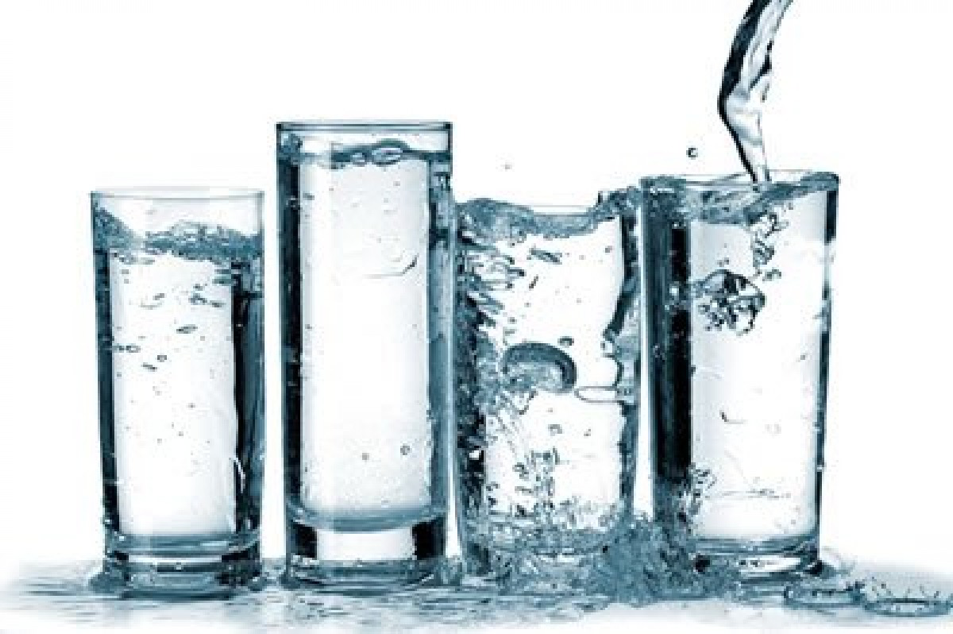
Another very common water sanitation method currently in use is reverse osmosis. Reverse osmosis involves the addition of high pressure to move water molecules out of a more concentrated solution (contaminated water) into a weaker solution (pure water) across a partially permeable membrane containing pores of around 0.0001 microns. Because of these microscopic pores on the partially permeable membrane filter, the process not only removes visual contaminants but, also unfortunately, beneficial dissolved minerals like calcium, magnesium and potassium which also reduce the pH of the treated water making it more acidic – this is disadvantageous as the lower pH is corrosive for plumbing systems and can strip toxic metals such as copper and lead into the water. The economically and resourcefully intense process of this method on a large scale is also a limitation, such as how typically 3 to 20 times as much water is wasted as produced. This is especially unfavourable when discussing potential water sanitation solutions for lower-income countries or for domestic usage.
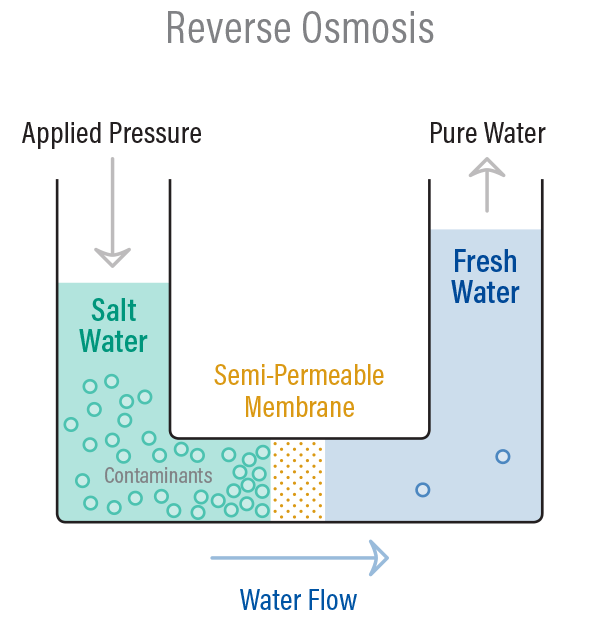

As we can see through just a couple of common water sanitation methods, these sanitation methods have significant shortcomings, such as potential adverse health effects or economically and resourcefully demanding processes, which prevent them from being optimum solutions to the Clean Water Crisis. In order for there to be a viable solution to the Clean Water Crisis, the solution will need to overcome these shortcomings to ensure that clean water can be efficiently delivered to everyone.
Nanotubes
One interesting field that researchers are exploring in the search for a solution to the Clean Water Crisis is the implementation of nanotechnology with water sanitation methods. Recently, innovators at NASA’s Johnson Space Center have established a method to create a filtration device to remove contaminants from water supplies using acoustics and carbon nanotubes. Carbon nanotubes are allotropes of carbon, rolled up into a cylindrical structure exhibiting a diameter in the nanometre range. Carbon nanotubes are one of the strongest materials in nature with a tensile strength of 11 – 63 GPa. In the method, medical-grade water is able to be collected by using an oscillator to propagate acoustic vibrations to drive water through the carbon nanotube filter/matrix that only allows water molecules to pass through – leaving behind larger molecules and contaminants. Not only is this process extremely effective in removing contaminants, but it can also be scaled up for more industrialised processes by creating a large bank of many of these integrated filters. A notable disadvantage of this method, however, is the potential high initial upfront cost of the system particularly due to the intricate design of the carbon nanotubes (currently the price of nanotubes range from a few hundred dollars per kilogram to a few hundred thousand dollars depending on requested qualities/properties). However, since the technology is still in the developing stage, this initial upfront cost is yet to be confirmed. Furthermore, due to the very low expected maintenance costs – as the carbon nanotube filter will be very non corrosive, and that the system is expected to be able to automatically clean the inlets of the filter once a predetermined volume of water has been treated – it is expected that the cost will be compensated in the long term. While this technology is still very new and needs thorough testing before being made more accessible, such as reviewing appropriate carbon nanotube safety guidelines, it is clear that this new technology has already tackled with success some of the shortcomings of traditional sanitation methods such as their typical high capital expenditure requirements in the long-term or their common release of harmful disinfection by products as seen in chlorination.
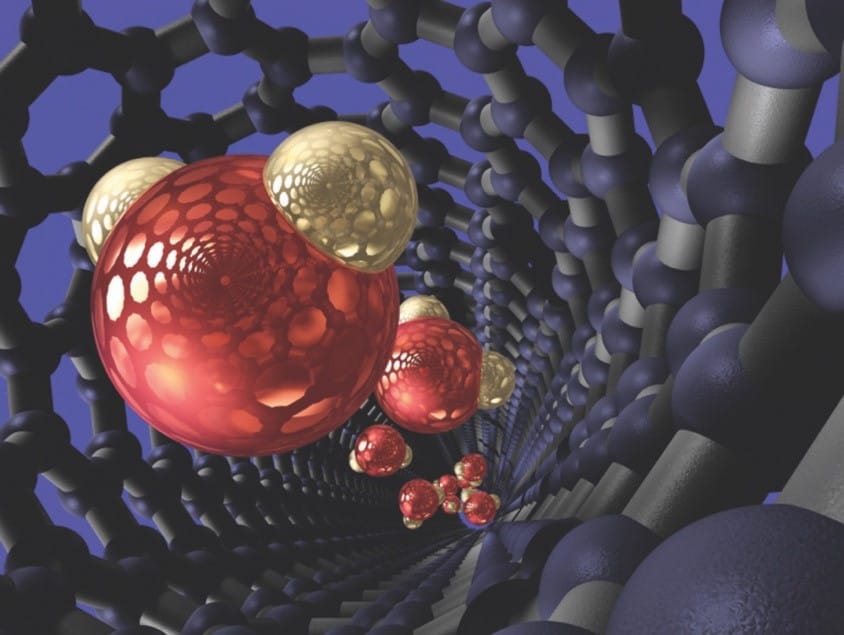

Bio-augmentation
Another field that innovators are exploring in finding a solution to the Clean Water Crisis is Bio-augmentation. Bio-augmentation involves the addition of specific exterior microorganisms to wastewater to biodegrade contaminants that wouldn’t be traditionally broken down by naturally occurring microorganisms in wastewater activated sludge. This method is critical when wanting to produce clean water as typically some pollutants are resistant to biodegradation by naturally occurring microorganisms in wastewater as some contaminants are not efficiently used as substrates by the microbial enzymes – this may be due to the great complexion of the pollutant that therefore requires multiple microorganisms for their biodegradation or because the contaminants are new, and as a result, the microorganisms have not yet adapted to use them as substrates. Bio-augmentation has already shown significant efficiency in removing harmful contaminants such as Halogenated compounds, synthetic dyes, nicotine, and even cyanides from water systems. For example, the addition of the bacteria Acinetobacter sp and Comamonas testosteroni I2 had been shown in multiple studies to biodegrade 4-fluoroaniline and 3-chloroaniline (Halogenated compounds), respectively, when placed in an artificial wastewater medium. Even though these studies were carried out in only laboratory environments, the results show great promise and future opportunity to be potentially applied on a larger scale to tackle the ongoing issue of Halogenated compounds found in water systems. Moreover, another significant issue that bio-augmentation is currently successfully tackling is the removal of synthetic dyes from water systems. For example, the removal of Acid Orange 7 – synthetic dye commonly used in textiles but very toxic to human health due to its carcinogenicity – was successfully removed through the bio augmentation with Shewanella sp. This is becoming especially important as now approximately 7 x 105 tonnes of dye are being produced per year in which 2 -10% contaminate industrial wastewater.
While these studies show promising results, it is important to acknowledge that further studies will need to be undertaken in order to ensure that these promising results can be applied for large scale industrial treatments – failures have also been reported, especially when scaling up the technology. In addition, there are some notable disadvantages with this method including the reduction in the number of exogenous microorganisms overtime due to biotic and abiotic stresses such as changes in temperature, pH, and nutrient availability. This could potentially lead to a high maintenance cost in order to ensure that the environment stays optimum and, hence, the system works at maximum efficiency – this is unlike the previous Carbon Nanotube solution in which a low maintenance cost is expected. These drawbacks, however, are already being looked into, and innovators have already suggested potential solutions to combat the reduction of exogenous microorganisms. For example, the entrapment of microorganisms in permeable gel or carrier materials is thought to reduce the impact of sudden and brief variations in temperature and pH which would ordinarily denature the microorganism. With the development of further strategies to improve the efficiency of Bio-augmentation, this method could pose a strong solution to the Clean-Water Crisis.
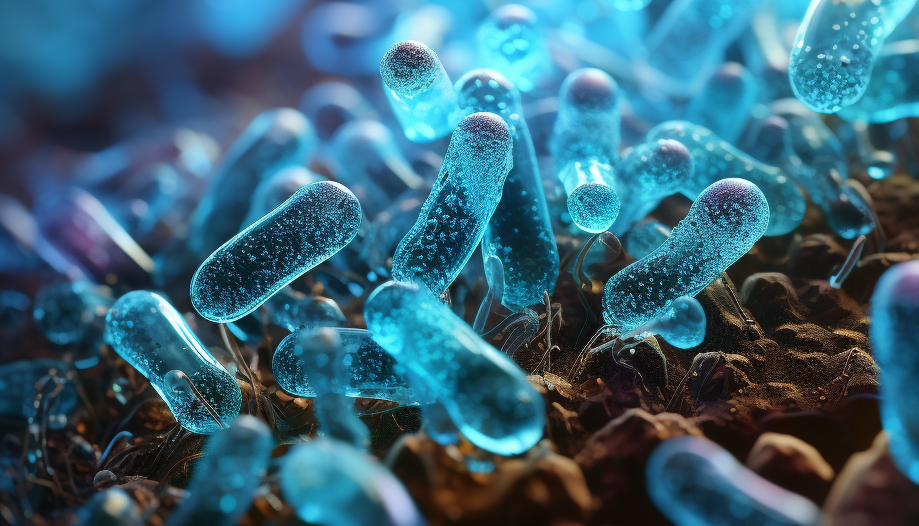

Solar powered Water purification
Moreover, investigators are also exploring Solar Powered Water Purification Systems to combat the Clean Water Crisis. At the end of March 2021, Princeton researchers had announced that they had been able to develop a gel-like material that is “low-cost, non-toxic, cost-effective, and environmentally friendly”, capable of purifying water of contaminants. The gel behaves as if a large sponge that soaks up water but leaves behind contaminants like lead and pathogens behind, the gel device will then expel the captured water upon exposure to a specific temperature of 33 degrees Celsius. This technology was demonstrated on the Princeton University Campus and had shown to filter a sample of lake from microorganisms which was unsafe to drink. The key principles that make the gel capable of its behaviour is its sponge-like structure that is highly porous consisting of repeating cross-linked molecules of N-isopropylacrylamide to form a mesh. Distributed throughout the mesh are hydrophilic (water-loving) and hydrophobic (water repelling) regions. When below the critical temperature of 33 Degrees Celsius the chains are long and flexible allowing for water to easily flow and reach the hydrophilic areas of the gel, however upon exposure to temperatures above 33 Degrees Celsius, the chains consisting of the hydrophobic regions compact together expelling the water out of the. The rest of the gel consists of an exterior layer made of alginate which prevents contaminants such as pathogens from entering the gel, and an inner gel comprising of poly dopamine which translates the renewable energy source – sunlight – into usable thermal energy which stimulates the change in shape of the gel.
This new technology has gained significant interest due to its fundamental use of sunlight as its power source rather than conventional sources of power such as electricity which contribute negatively on the environment - this is also especially appealing for the practical use in lower-income countries where the demand for non-powered water purification systems is much higher. Moreover, according to the device’s co-inventor Rodney Priestley, the device has the capability to “operate completely off-grid, at both large and small scales”. This is especially important when thinking of applying the technology on a global scale to areas in which this technology would be used to varying extents and allows for the potential flexibility between simple domestic usage or, on a much wider scale, its use in large and complex industrial processes.
Comparative assessment of the water treatment technologies
Table 1 presents a comparative assessment of the various water treatment technologies focusing on water treatment effectiveness, adaptability to specialized applications, cost, sustainability, and technology maturations. The key drawbacks of each technology are also included.
Table 1 Comparative assessment of the water treatment technologies
In conclusion
In conclusion, the choice among multiple technologies depends on factors such as the specific contaminants present, energy considerations, water quality goals, cost, sustainability, local regulations etc. All technologies have their advantages and drawbacks, and no single solution currently presents an answer to the growing Clear Water Crisis. There is a growing range of new emerging technologies that have a potential to provide effective and efficient solutions especially in remote areas, however it is clear that further technology advancement is needed to make these new approaches a reality for the world scale deployment. At the current and future stage, however, it is clear that a combination of such solutions will be required in order to provide the optimum pathway towards clean water for everyone.